IN QUIETE COOPERATIVA
In order to truly understand this story, one needs to step back to the late 1990s. “Alessandro and I met when we were around 16 years old, in a pub. At the time we lived in two different towns in the province of Arezzo, Rassina and Bibbiena. Talking about fishing, we found out that we had that passion in common. As early as the following day we were planning how we could try and breed endemic fish species – says Andrea, born in 1982. We knew it would not be easy to find an old fish farm holding a valid licence to draw public water, but this was our dream and we were highly motivated. Over the years, indeed, I had realised that I wanted to work outdoors, in the open air. Working in an office is definitely not my cup of tea”.
Contacting Arezzo Provincial Administration was initially fruitless. It was in 2009 that the two friends reached Molin di Bucchio, a watermill they found walking up the Arno river. “This fish farm, which was granted a licence in the late 19th century, was connected to the watermill. When we got here, the tanks were full of earth and debris. They had been abandoned for fifty years. Claudio, the owner, had inherited this property. He believed in our project and he welcomed us to his place. He wanted to see the ancient aquaculture Molin di Bucchio, the fish farm where he played as a kid, back into business”, remembers Andrea.
Ten years ago, the two friends – who both had another job – decided to devote three afternoons a week to manually empty the tanks. Claudio granted them a twenty-year free lease. To date, the cooperative Cooperativa In Quiete is paying the owner only the amount covering the state concession, approximately €300 per year.
While the business was coming to life, in 2015 Andrea took part in the residential training ReStartApp organised by Fondazione Edoardo Garrone. From the very beginning, he had a clear objective: “Reclaiming the tanks in Molin di Bucchio meant, on the one hand, contributing to saving the endemic species of the Apennines; on the other, breeding trout in this area. This implied resuming the course of a history that started back in the 13th century in the hermitage of Camaldoli, where, in a pond, the monks have always practiced aquaculture to support themselves”, explains Andrea. At the moment, In Quiete is cooperating with the Park Board and with the Tuscany Region on a conservation project regarding the Horse barbel, the Crayfish, and the Arno goby – all endangered species.
The Horse barbel, the Crayfish, and the Arno goby
The Horse barbelis a species endemic to the Tyrrhenian Sea and is listed as vulnerable by the International Union for Conservation of Nature (IUCN). The Arno goby too – widespread in the rivers Arno, Ombrone, Tiber and Serchio – is vulnerable, following a 30% reduction in its population over the last 10 years due to the introduction of invasive species and the deterioration of the quality of its habitat. Crayfish, in turn, is endangered in all its European habitats, and is listed in the IUCN Red List.
“We were the first to reproduce the Arno goby in captivity” explains Andrea, showing us some adult specimens. “The specimens of endemic crayfish that we had found in two streams in the National Park died within a month. The problem is not the quality of water, but the presence in the Casentino area of the “Louisiana crawfish”, as we were able to confirm by sending the corpses to London for analyses”, he explains. Someone threw the invasive alien species into a lake one kilometre far from the borders of the National Park. “There is a total lack of awareness. On our part, we reported this problem to the institutions” concludes Gambassini.
